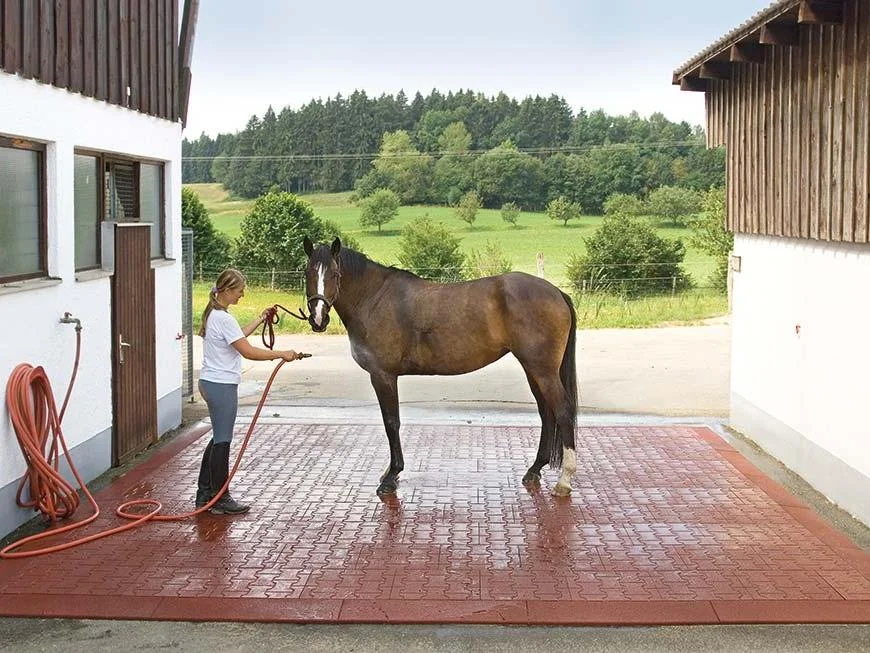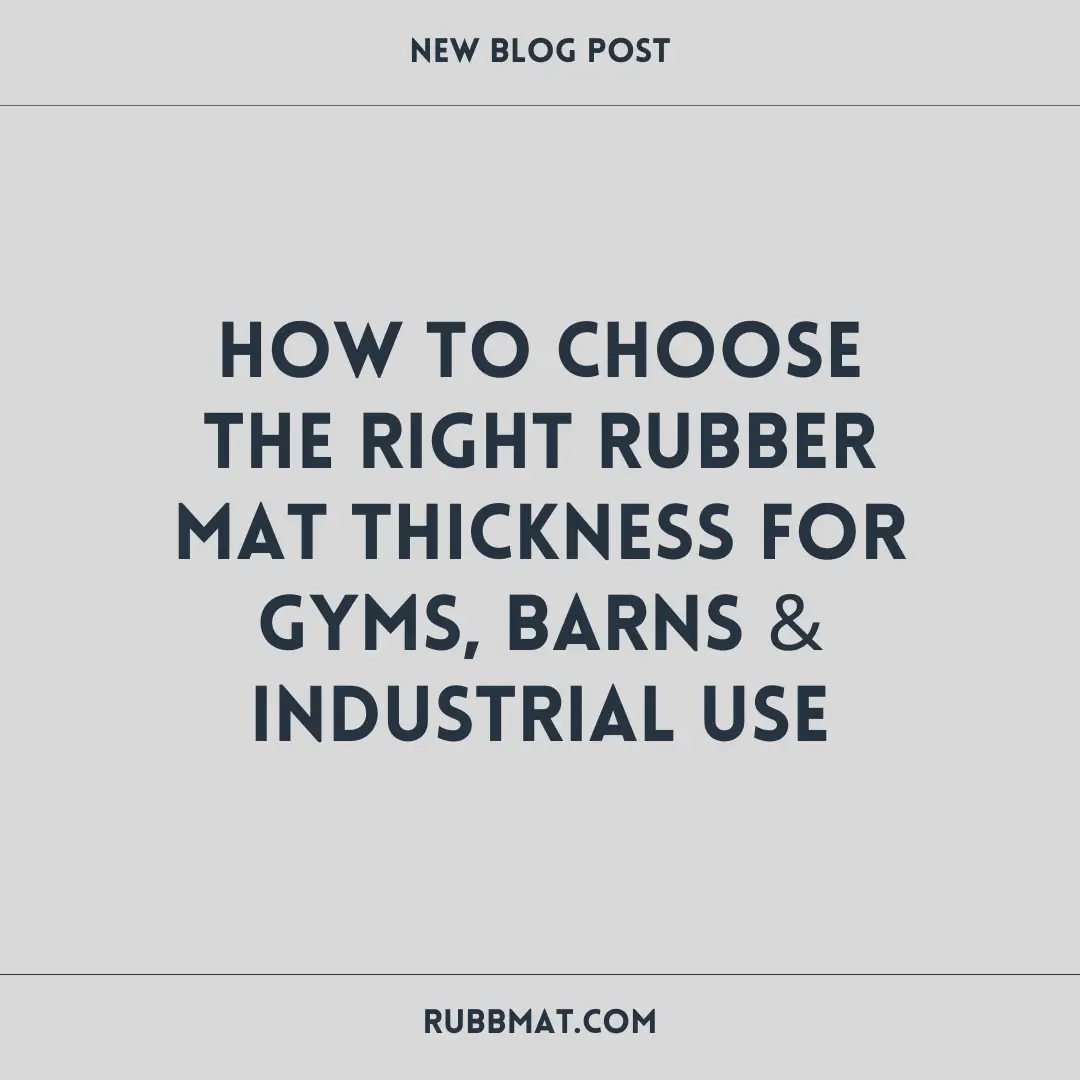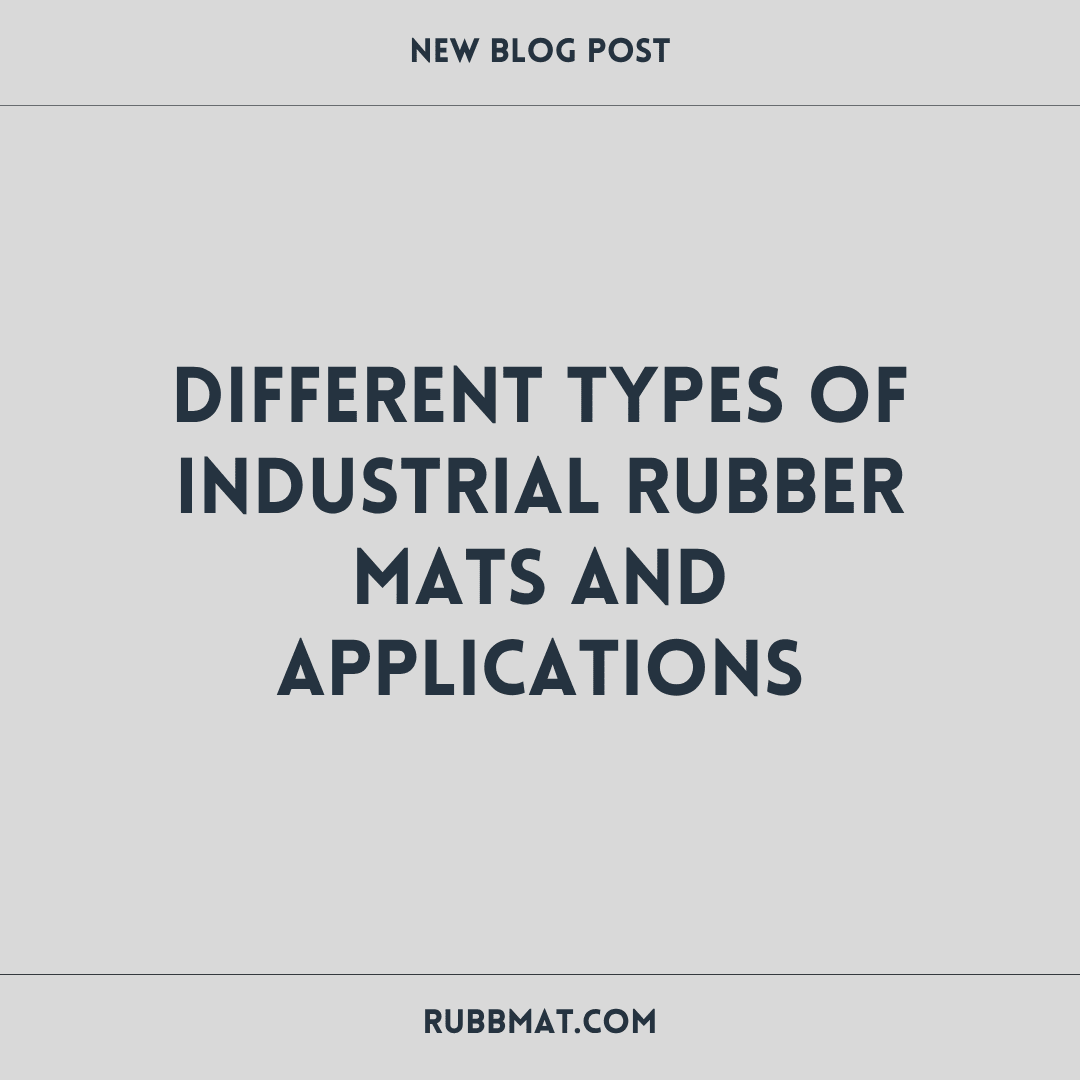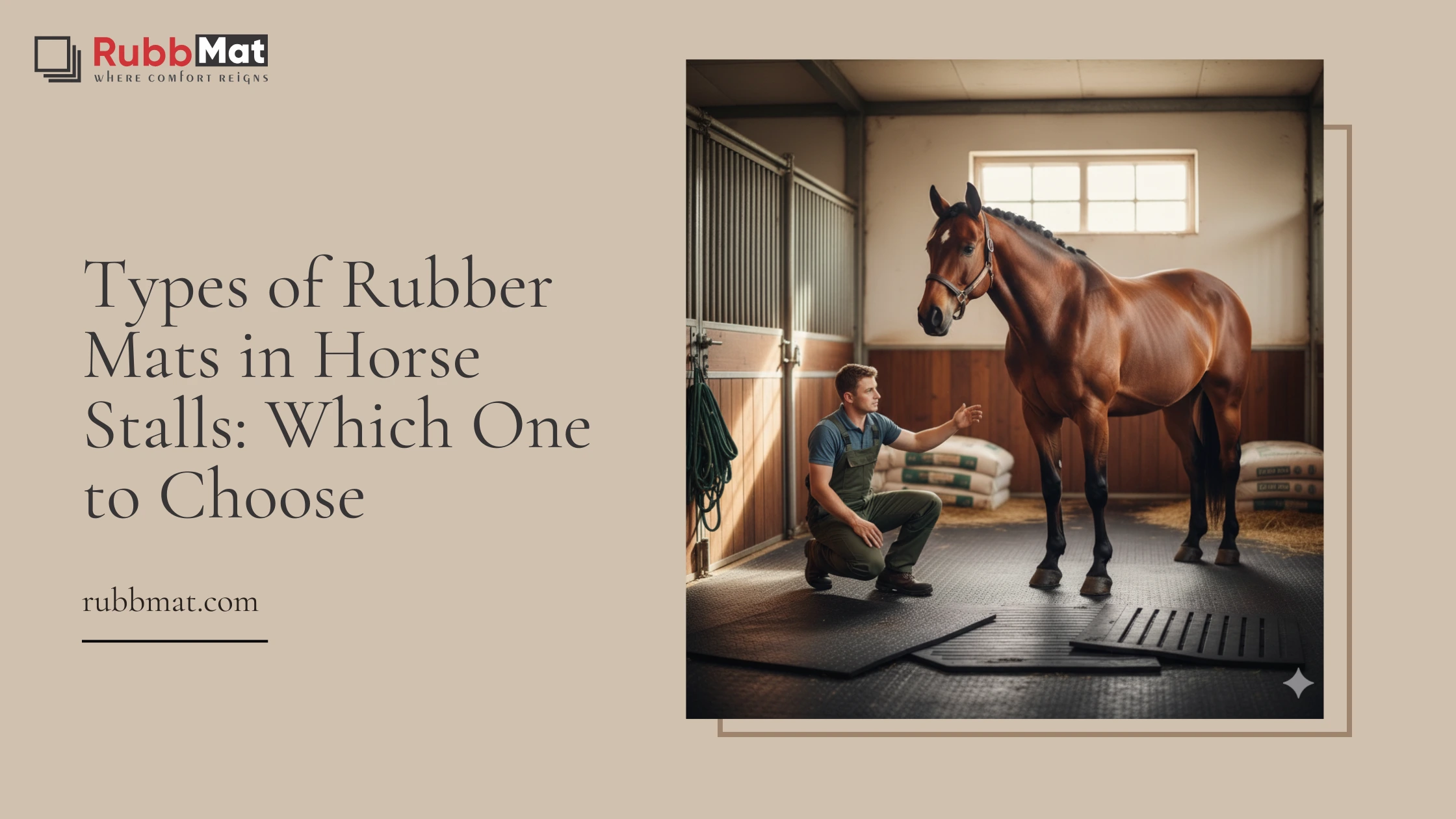
Of utmost concern is the safety of horses in any equine facility. Wet floors are a common hazard in stables, wash racks, and arenas where moisture can cause risks or potential health hazards to equine patients. Moisture poses a lot of dangers not only to the equine patients but also to the handlers in the arena. This blog takes a stand on the effects of wet floors in equine establishments while providing practical tips on mitigating risks to improve equine health and safety.
Understanding the Risks of Wet Floors
-
Slip Hazards: Wet floors invite slips and falls. Horses are big and powerful animals, so a fall on their part can cause serious injuries, not only to the horse but also to the handlers. The slipped horse may panic and suffer more accidents or injuries.
-
Increase in Bacterial Growth: Wet environments are ideal for the proliferation of both bacteria and fungi. For instance, certain types of bacteria cause infections, irritation of the skin, or respiratory problems in horses. Thrush and fungal infections are common hoof problems. Problems related to respiratory diseases result from spores of molds.

-
Hoof Health Compromised: Extreme weather conditions may give the hooves a softer consistency that easily allows injuries and infections. This may result in thrush, where bacterial infection affects the frog of the hoof, creating discomfort and pain in the animal.
-
Behavioral Issues: Horses are sensitive animals and thus could be easily bothered by altered environmental conditions. For example, slippery floors may contribute to a few behavioral problems, like kicking or biting. Some horses may resist going in certain areas, thereby significantly impacting the approach to training and handling.
Tips for Managing Wet Floors in Equine Spaces
-
Regular Maintenance and Cleaning: All parts of the barn or stable must be maintained and cleaned regularly. Regular removal of manure and bedding will avoid excessive moisture accumulation. Proper drainage systems must also be employed that minimize the build-up of water in floors.
-
Rubber Mat Flooring: Rubber mat installation is one of the best solutions for wet conditions in equine facilities. These mats are very safe because they possess good traction, which helps horses not slip. They are cleanable and can be easily maintained; the non-slip surface insures safety even when it is wet. Rubber mats have cushioning properties to reduce joint stress, bringing about better comfort while standing.
-
Improve Drainage Systems: Good drainage must ensure no water accumulation in these areas. In wash bays, arenas, and turnout areas, proper drainage systems must be installed. Gutters and downspouts must be functionally operating, so they are guiding the water away from more visited areas.
-
Use Absorbent Materials: Place absorbent materials in heavily wetted areas. These may include entrance and wash stall areas. Moisture-excess reduction can be achieved with absorbent mats or bedding material. Dry bedding in stall should also be maintained to remove moisture accumulation.

-
Ventilation is Key: It controls the level of humidity well, and there should be air circulation in the windows and doors in barns and stables. In order to minimize moisture and have proper airflow for prevention of dampness and healthier environments, one may have fans or a ventilation system installed.
-
Monitor Weather Conditions: Knowing the weather conditions will enable you to prepare before water floods your floors. Check during the rain season to ensure that there is no accumulation of water in stalls as well as common areas. Water should be drained correctly and effectively.
-
Educate Handlers and Staff: Education is the best defense to ensure that all who may interact with the horses have an understanding of what risks can be associated with wet floors. Have regular training of staff on best practice management of wet conditions, including cleaning and emergency procedures in case of a slip or fall.
-
Implement Safe Handling Practices: Good footwear with slip-resistant soles should be worn by riders when working in wet areas. They can grab better, and the person may not slip. They should lead the horses calmly through wet areas, without making them jump or skitter.
-
Routine Care for the Hooves: Trameling and checking by a knowledgeable farrier must be done regularly. Hoof care should prevent problems that could arise due to wet conditions. Thrush or any infection in the hoof should be taken care of instantly in order to maintain it in perfect condition.
-
First Aid Kit: An accident might at any time happen, despite preventive measures. Maintain a ready supply of necessary items specific to equine injuries in a first aid kit and make sure all staff members know where the kit is located and have a basic understanding on how to use the supplies from the kit.
Conclusion
Wet floors in horse facilities pose major threats to the safety of horses and people in charge of handling them. Knowledge of what constitutes the dangers and the best means of handling moisture in equine facilities can help find practical solutions to create safer healthier conditions for horses. Equine Facilities Daily maintenance, rubber mat flooring, proper drainage systems, and education are among the most important features that would help reduce the risks associated with wet conditions.
Horse health and safety can be established through a regular process of watchfulness, awareness, and being proactive in that respect. This gives equine owners and handlers the possibility of a better relationship with such wonderful creatures. In a stable, arena, or wash area, we can note details about these horses regarding their healthy and safe lifestyle.





